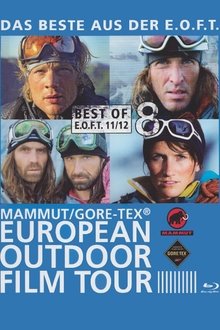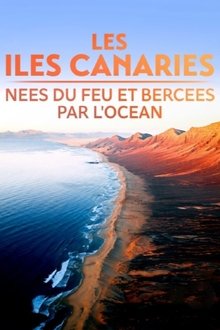Blood Road follows the journey of ultra-endurance mountain bike athlete Rebecca Rusch and her Vietnamese riding partner, Huyen Nguyen, as they pedal 1,200 miles along the infamous Ho Chi Minh Trail through the dense jungles of Vietnam, Laos, and Cambodia. Their goal: to reach the site where Rebecca’s father, a U.S. Air Force pilot, was shot down in Laos more than 40 years earlier.
Related Movies
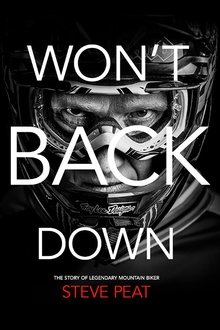
Won't Back Down (2014)
From his humble beginnings in his hometown of Sheffield, England, Steve Peat has established himself as one of the worlds most iconic cyclists. Peaty has been competing at the top level in his chosen sport of downhill mountain bike racing for the past 23 years, longer than the lifetime of many of his current competitors. Through 20 years of archival footage and photos and intimate interviews with Steve, his family, close friends and competitors, Won’t Back Down takes viewers on a captivating tour of the history of the sport of downhill mountain bike racing and offers a never-before-seen view into the life and legacy of this enduring icon.

My Massive Cock (2022)
An extra-large penis is an object of desire for many. But for some men, extra-large seriously complicates their lives and relationships, and penis reduction surgery seems the only answer.
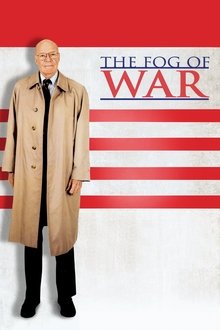
The Fog of War (2003)
Using archival footage, cabinet conversation recordings, and an interview of the 85-year-old Robert McNamara, The Fog of War depicts his life, from working as a WWII whiz-kid military officer, to being the Ford Motor Company's president, to managing the Vietnam War as defense secretary for presidents Kennedy and Johnson.
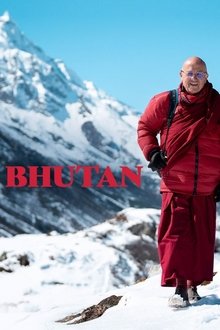
Bhutan: Following in the Footsteps of Matthieu Ricard (2024)
Buddhist monk and photographer Matthieu Picard as he returns to the Asian country in the Himalayas where he spent a decade after seven years away, revisiting breathtaking landscapes and experiencing local traditions.

Regards D'en Face - Alger (2003)
It is with the architect Jean-Jacques Deluz, that we visit Algiers, "his city" since 1960 and that he left only two years during the worst moments of terrorism. From the Casbah, in the 19th century center, including the cities of Fernand Pouillon and Bab El Oued to arrive at the new city of Maelma which he built today. Tender look, but without concessions at the same time architectural promenade and meetings with actors of art and culture: Djamel Allam, the singer Kabyle, Djamel Amrani, the poet, friend of Jean Sennac, Mohamed Ben Gettaf, Dramaturge and director of the theater of Algiers, Souad Delmi-Bourras, young designer Boudjemàa Kareche, director of the Algerian cinema, Amine Kouider, conductor, who relaunches the opera in Algeria, the painter Malek Salah, and others. A look at Algeria and the Algerians, far from the clichés of certain media, the bias being to seek signs of hope rather than "blood and tears".
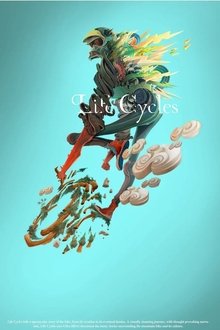
Life Cycles (2010)
Life Cycles tells a spectacular story of the bike, from its creation to its eventual demise. A visually stunning journey, with thought provoking narration, Life Cycles uses Ultra HD to document the many stories surrounding the mountain bike and its culture. Ride along into breath taking natural settings, as we battle the elements, showcase the progression of riding, take a road trip, fix the bike, and show the destruction and eventual creation of trails. Semenuk, Hopkins, Schwartz, McIntosh, McCaul Agassiz, Hunter and Vanderham guide you through this wonderful story. Life Cycles is a celebration of the bicycle, and is sure to entertain anyone who has ever ridden one.

Sinfonía de Aragón (2008)
Carlos Saura shows us in this piece his personal vision of the land where he was born. Throughout the seasons we enter a route that ranges from the green Pyrenean landscapes to the Monegros desert. The images offer us the beauty of this Aragonese land but also reflect the harshness of its contrasts.
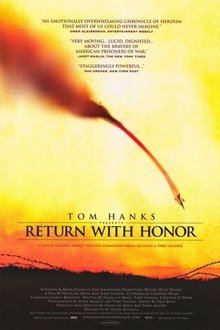
Return with Honor (1999)
The story of U.S. fighter pilots shot down over North Vietnam who became POWs for up to 8 and a half years.
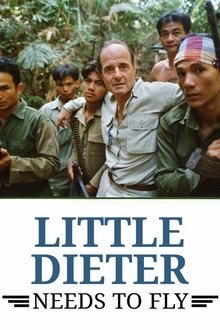
Little Dieter Needs to Fly (1997)
Three decades after German-American pilot Dieter Dengler was shot down over Laos, he returns to the places where he was held prisoner during the early years of the Vietnam War. Accompanied by director Werner Herzog, Dengler describes in unusually candid detail his captivity, the friendships he made, and his daring escape. Not willing to stop there, Herzog even persuades his subject to re-enact certain tortures, with the help of some willing local villagers.
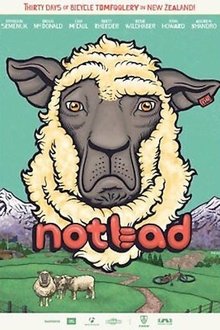
Not Bad (2013)
This is a tale of epic adventure. A tale of seven brave riders who set out from the four corners of the globe to gather together under one roof in a town located at the ends of the earth. A tale with no beginning and no end but where a few things happen inbetween. Things like eel fights. Yeah that’s right…f’n eel fights. So watch this movie. Why? Because its ‘Not Bad…30 days of bicycle tomfoolery in New Zealand’.
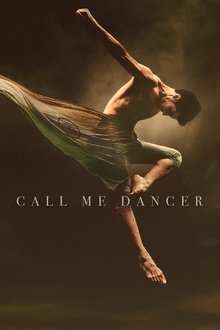
Call Me Dancer (2023)
Manish is a talented and athletic street dancer from Mumbai who dreams of becoming professional against the wishes of his struggling parents. He meets a curmudgeonly Israeli ballet master who gives him the determination to keep going. But when he is pitted against another boy who’s got the attention of the top school in the world, Manish realizes he must push himself to his physical limits if he has any chance to succeed.
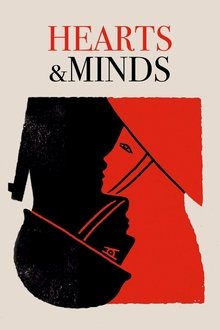
Hearts and Minds (1974)
Many times during his presidency, Lyndon B. Johnson said that ultimate victory in the Vietnam War depended upon the U.S. military winning the "hearts and minds" of the Vietnamese people. Filmmaker Peter Davis uses Johnson's phrase in an ironic context in this anti-war documentary, filmed and released while the Vietnam War was still under way, juxtaposing interviews with military figures like U.S. Army Chief of Staff William C. Westmoreland with shocking scenes of violence and brutality.
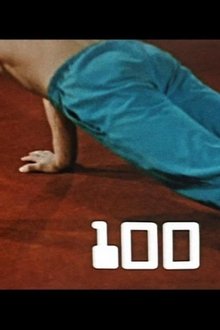
100 (1971)
Push-ups to the rhythm of a metronome, a meter counting backward from 100; three words are shouted time and again: “dog – pig – monkey”.

A Powerful Noise (2008)
Bookended by call-to-action quotes from Margaret Mead and Mahatma Gandhi, this inspiring documentary follows three extraordinary women -- in Bosnia-Herzegovina, Mali, and Vietnam -- as they lead day-to-day battles against ignorance, poverty, oppression, and ethnic strife.
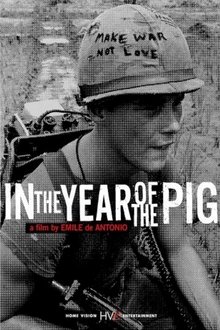
In the Year of the Pig (1969)
Both sober and sobering, producer-director Emile de Antonio’s In the Year of the Pig is a powerful and, no doubt for many, controversial documentary about the Vietnam War.

Road to Portmagee (2025)
Six friends document their trip from Cork to Portmagee, County Kerry for the May the 4th Sci-fi film festival where one of their short films is screening.
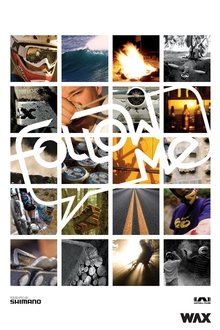
Follow Me (2010)
Deep in the coast mountains of BC, a small crew of filmmakers has spent the last eleven months huddled together, planning, scheming and brain-storming to come up with a concept for a new company and mountain bike film. The hard work has paid off and Anthill Films is stoked to announce the release of their premier film FOLLOW ME...
